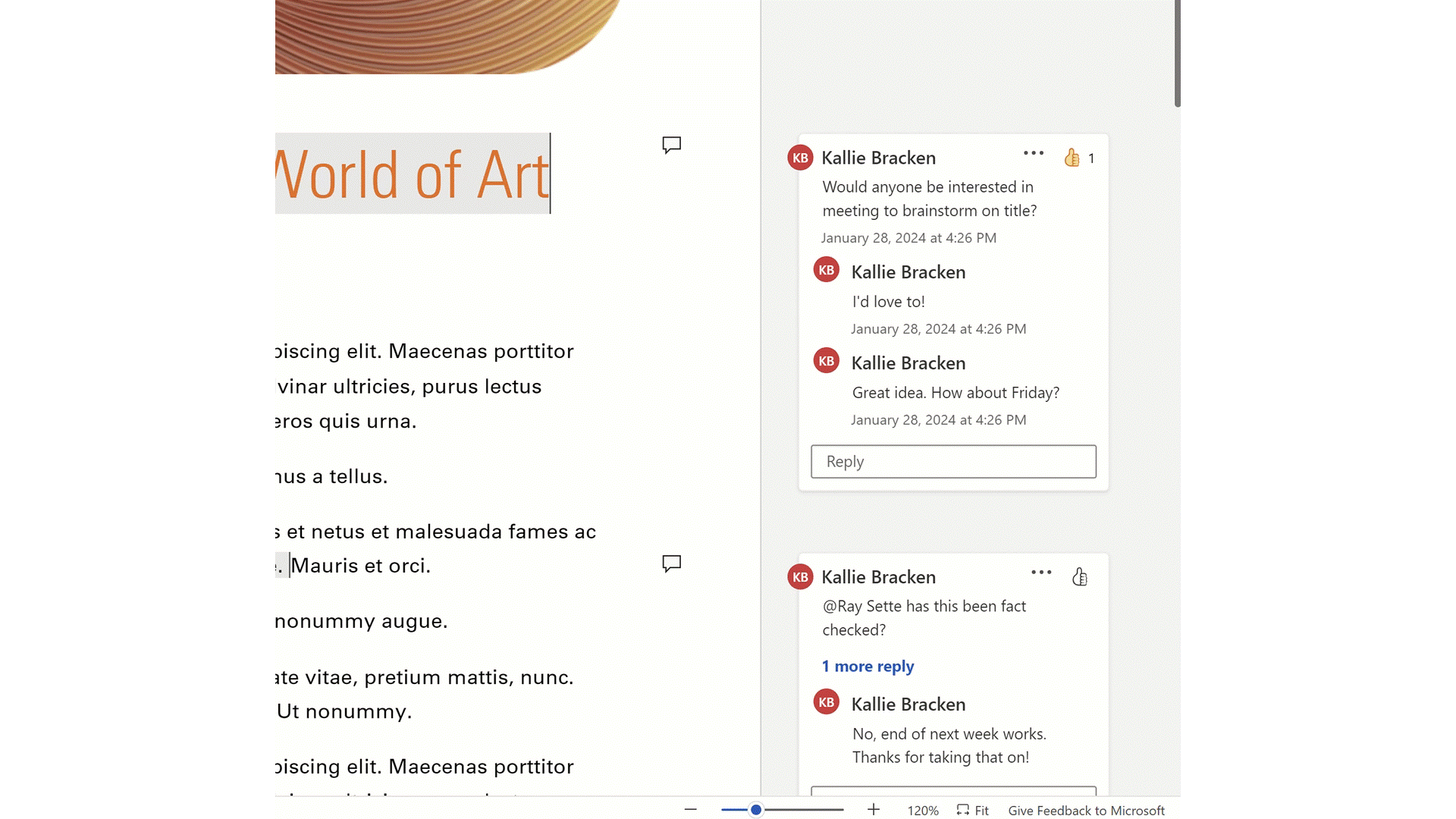Prototyping Vision
June 2021
University of Washington HCDE Certificate Program
Seattle, WA
"Seattle Street Art" -- A design idea inspired by the concepts of ubiety and smart cities, demonstrated via wizard of oz prototype.
"Seattle Street Art" is an idea for a digital-physical hybrid experience to connect residents, artists and public officials as they address the problems and opportunities associated with graffiti and street art in Seattle. After framing the design context and scope for this idea, I created a wizard of oz prototype & experience map to demonstrate how this experience could be designed.
design statement
jobs to be done
"Seattle Street Art" is designed to address the problems & opportunities posed by graffiti in the city of Seattle.
Crime, hate and disrepair tend to dominate perceptions of graffiti, but plenty of “illegal” art also represents unheard voices, neglected systemic problems or other topics of significance to the community. The complex dynamics surrounding graffiti & street art rose higher in Seattle's public consciousness during the 2020 Pandemic, as it became more prolific; boarded up buildings were decorated with murals, graffiti increased around public protests over racial injustice, and in many ways this art--sanctioned or not--made visible the mood that was felt so deeply by the city's people.
While the expressions of street art might reflect a shared mood, there isn't a real way for communities to engage in discussion about art in their community. As a result, they are largely cut out of decisions about when art should be allowed vs removed, these decisions often falling to public officials, including police.
What if the power of art to connect and express the values of a community were solidified via a digital-physical platform designed to facilitate discussion about local graffiti and street art?
Seattle Street Art explores enabling the following actions for users:
BROWSE This system will enable local residents, artists and public officials to browse graffiti and street art in Seattle from their phone or desktop. Picture and location information will be main info describing each catalogued case of art/graffiti.
VISIT The system will include a GPS navigation feature to guide users to an already catalogued work of art/graffiti.
CATALOG If a user discovers street art or graffiti that is not yet catalogued, they will be able to add it to the system.
FIND Users will be able to use AI-based reverse-image search to look up street art (e.g. to see if it has been catalogued yet).
ENGAGE (REPORT) Users will be discuss catalogued art/graffiti and vote on potential courses of action for cleaning up graffiti or for commissioning an artist to create/extend an existing artwork. Users will also be connected with city programs where they can volunteer to help clean up graffiti.
LABEL Optionally, users may print a small information label that can be posted near the art (using a standard printer or the specially designed printer mentioned on the previous slide). This will create a standalone physical experience for users (who may otherwise be unfamiliar with the digital system) with optional entry point for entering the digital experience. Additionally, the physical experience would provide an opportunity for users without regular access to a smartphone or the internet, or aren’t able to create an account in the digital experience for whatever reason, to engage with the system.
COMMISSION Users who are artists will have the option to share their profile with the city and request to work on artists that have been nominated by the community for work. Public officials may also request commission from specific artists.
stakeholders
ARTISTS Many street artists are officially commissioned for their work, which is broadly classified as street art. On the other hand, creators of graffiti can contribute art that can’t always be clearly categorized as graffiti vs. street art.
COMMUNITY RESIDENTS A community can be forced to experience damaging graffiti with no way to speak against it, or they can cherish "graffiti" that they would like to see elevated and protected like street art. With Seattle Street Art, residents would be given a voice to both speak up against and celebrate graffiti & street art.
PROPERTY OWNERS Owners of public and private places may be victimized by unwanted graffiti. On the other hand, they may commission street art for the spaces they own. They may also be interested in how the community views graffiti or street art on their property.
SEATTLE POLICE & OTHER PUBLIC OFFICIALS At the time that this project was completed, Seattle Police were in charge of accepting and managing reports of graffiti. Other public officials include Seattle Public Utility employees in charge of clean up (or manage volunteer cleanup of) graffiti, street artist’s are hired by the governor’s office to paint public spaces, etc. These officials may find a solution like Seattle Street Art valuable for deciding when/how to prioritize the preservation or cleanip of graffiti and street art.


process
After framing the design problem & proposed solution underlying Seattle Street Art, the idea was demonstrated using personas, a storyboard, a video sketch (type of wizard of oz prototype). and an experience map.
Seattle Street Art was also scoped by the following design values:
Humility and neutrality in how it impacts the relationships between artists, locals and urban art; Seattle Street Art should never overshadow, replace or become an added barrier against street art/graffiti.
Flexibility and openness when presenting urban art; Seattle Street Art should view street art and graffiti on a continuum.
Focused on enhancing the experiences of artists and locals as they create and explore street art, without directly impacting (beyond impact that users may have via dialog on the platform) decisions to add, change or remove art.
With these values in mind, Seattle Street Art is built around two main aesthetic principles: (1) Centering focus on artwork and (2) Rooting experience primarily in physical, rather than digital, space.
key learnings
Ethical concerns
In reality, this should be embedded in another system?
Link to critical analysis